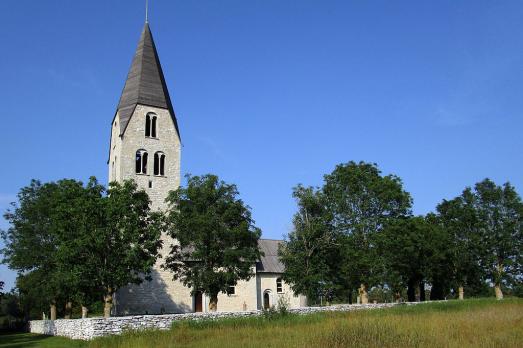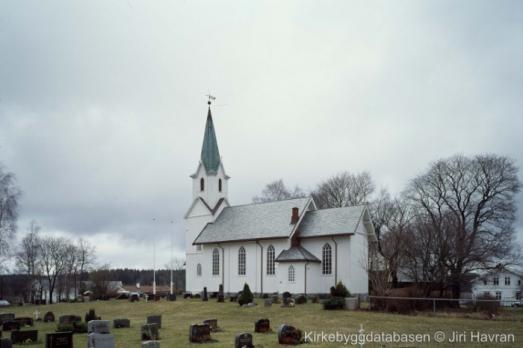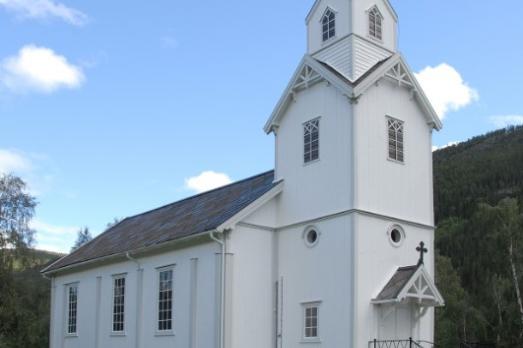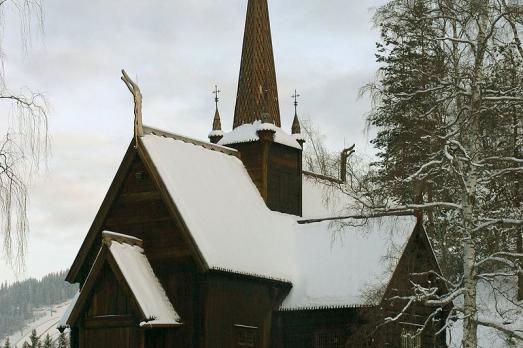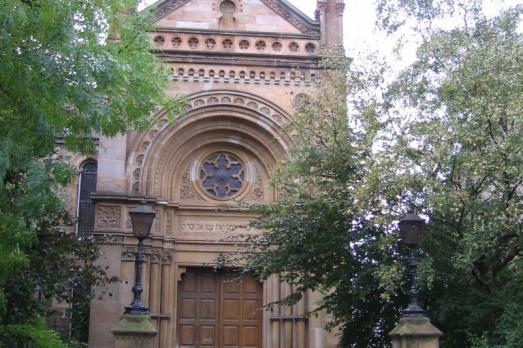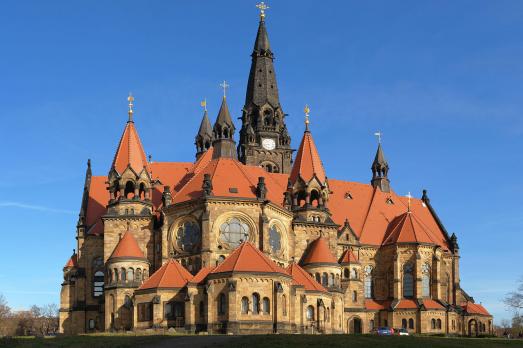Gangulphuskerk
Ee, NL
Renovated 18th century, tower 1869. The Protestant Community of Ee, Oostrum and Jouswier was created after the merger between the then Reformed Community of Ee, Oostrum and Jouswier and the Reformed Church of Ee. It is part of the Protestant Church in the Netherlands.
